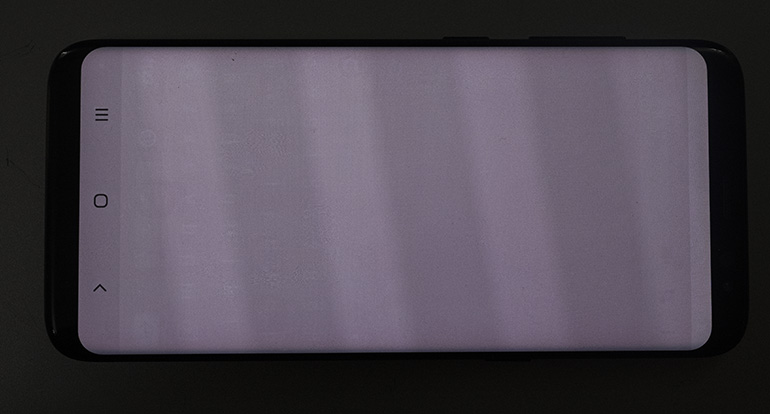Gadgets are an important part of my life. I spend a considerable portion of my earnings on getting the best-of-breed consumer electronics to make sure I don’t miss out on any of the latest features. That usually means that my electronics are my prized possessions. I try to do everything in my power to keep them as new or pristine as possible. A small scratch or dent on my camera or phone can put me in a mild depression for days and the stress from it can make temporary room in my mind for days.
I know it is not healthy. After all, these are just gadgets, and they breakdown or age with time. However, as well as I understand this, my OCD trill tries to make sure that even after months, they are as close to the day I unboxed them. In my defense, I get to enjoy them longer and the whole experience of using a thing that’s as good as new is much more fulfilling. While they don’t give off the fragrance of new books, I still find it enjoyable.
In my quest to acquire the best technology, I recently got an OLED TV from LG. This was 2020’s premium model, the LG CX, and I have nothing but praises for the television. The deep contrasts, sharp colors, and terrific picture quality are well worth the price if you ask me. My Netflix experience has gone up by leaps and bounds and I can’t wait to play games on PlayStation 5 on this TV if I ever get my hands on one (that’s for another rant).
But, as great as OLED TVs are, they have an inherent technology flaw. While OLED panels can create perfect blacks and excel in displaying HDR images, they are also susceptible to screen burn in. For those coming across this term for the first time, OLED burn in is an issue where a part of the screen gets a permanent mark or imprint(usually a ghosting effect) left on it due to a static image being displayed in that area for a long time.
There’s a noticeable patch or pattern in that area marked by different brightness and color compared to the rest of the screen. This pattern gets permanently imprinted on the screen and can be a result of either a logo, or an icon, or a user interface design that gets displayed in the same area over and over again, impacting the pixels in that region. It is not noticeable always, but once you do notice it, it’s kind of hard to ignore.
The latest OLED panels come with a bunch of features to mitigate burn in effect, although, there’s no sure shot cure to burn in right now. LG OLED TVs, for example, come with Pixel Refresher which enables all the pixels to wear out evenly. Sony’s OLEDs have a similar feature too. That said, these solutions can mitigate the risks to some extent but can’t solve them completely or make them a nonissue.
I knew all of this well in advance before I purchased my television. Since I don’t watch a lot of cable TV or use my TV as a monitor so I wasn’t too worried about it. Although, I did consider Samsung’s QLED as an alternative but wanted a better picture quality and decided to go with an OLED panel.


But having used this television for six months now, the whole OLED burn in fear prevents me from being at complete ease of mind or using my TV without a worry. Yes, I know that in all likelihood, my television isn’t going to get a burn in just because I use Netflix a lot or want to use Disney+ which has an annoying white star logo at the bottom right corner of the screen (c’mon Disney). But it becomes difficult to explain this to my OCD brain and I just avoid keeping the screen turned on when I don’t have to. I’m also terrified of the screensaver that looks like wall paintings due to the same reason and choose to keep the TV turned off instead.
What makes it worse for me is that I have seen burn in first hand on my Samsung S8 OLED dislay where the keyboard and the notification drawer have permanently left an imprint on the screen in under three years of use. Technology might have improved in this time, but I definitely plan to keep my television for over three years and would like to have the display be as pristine as possible.


This unhealthy obsession with saving my display from issues that may not even crop up has led me to conclude that I probably would have been better off with a QLED display instead. Yes, the picture quality isn’t as great, but it’s almost there. It also comes with the peace of not having to worry about leaving the TV turned on for a while or being on a static page for too long. I definitely would have been able to have more fun with my TV and the lack of true blacks would have been more than overcompensated for in the mental peace.
That said, I’m not saying you should not go for OLED screens (in fact, some of the best premium TVs you will find will be OLED TVs) or that they are doomed to suffer sooner or later. On the contrary, these are the best screens out in the market right now. But if you have this weird obsession like me and can relate to my dilemma, I highly encourage you to go with a QLED panel instead. In most cases, you wouldn’t even notice the difference and you can abuse that screen as much as you like.




